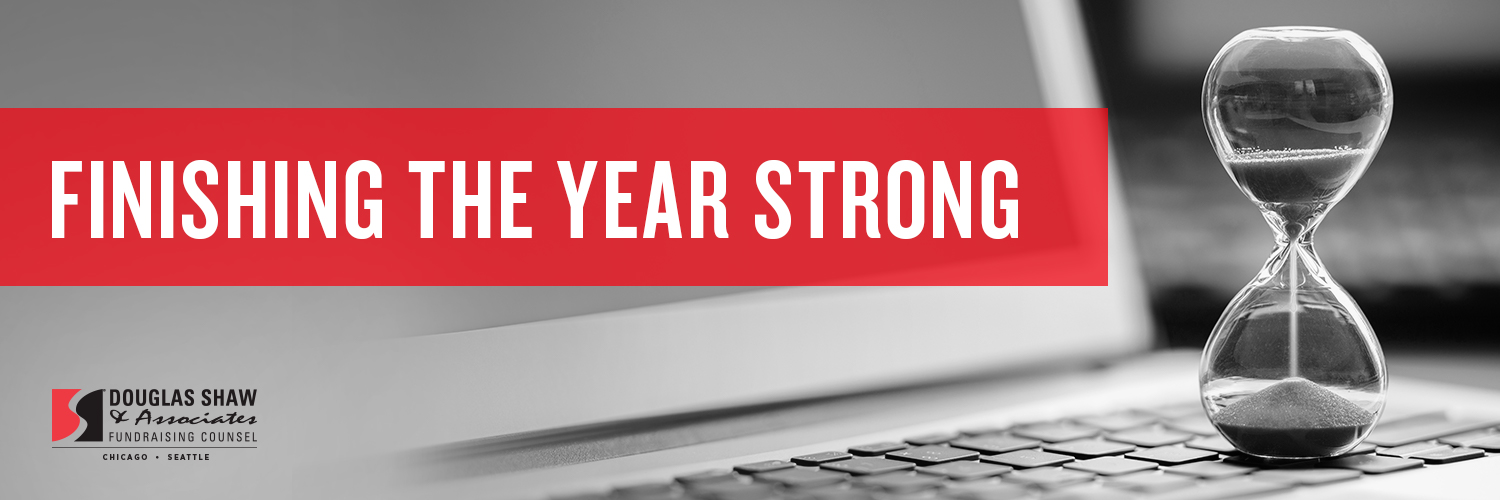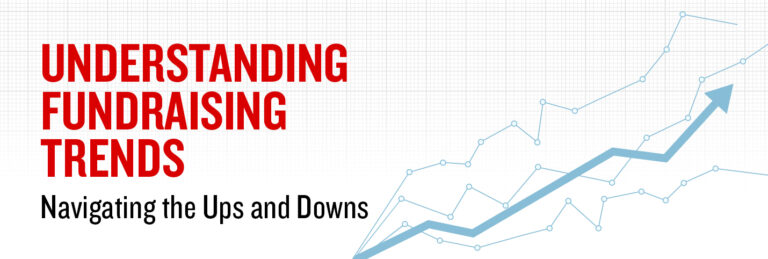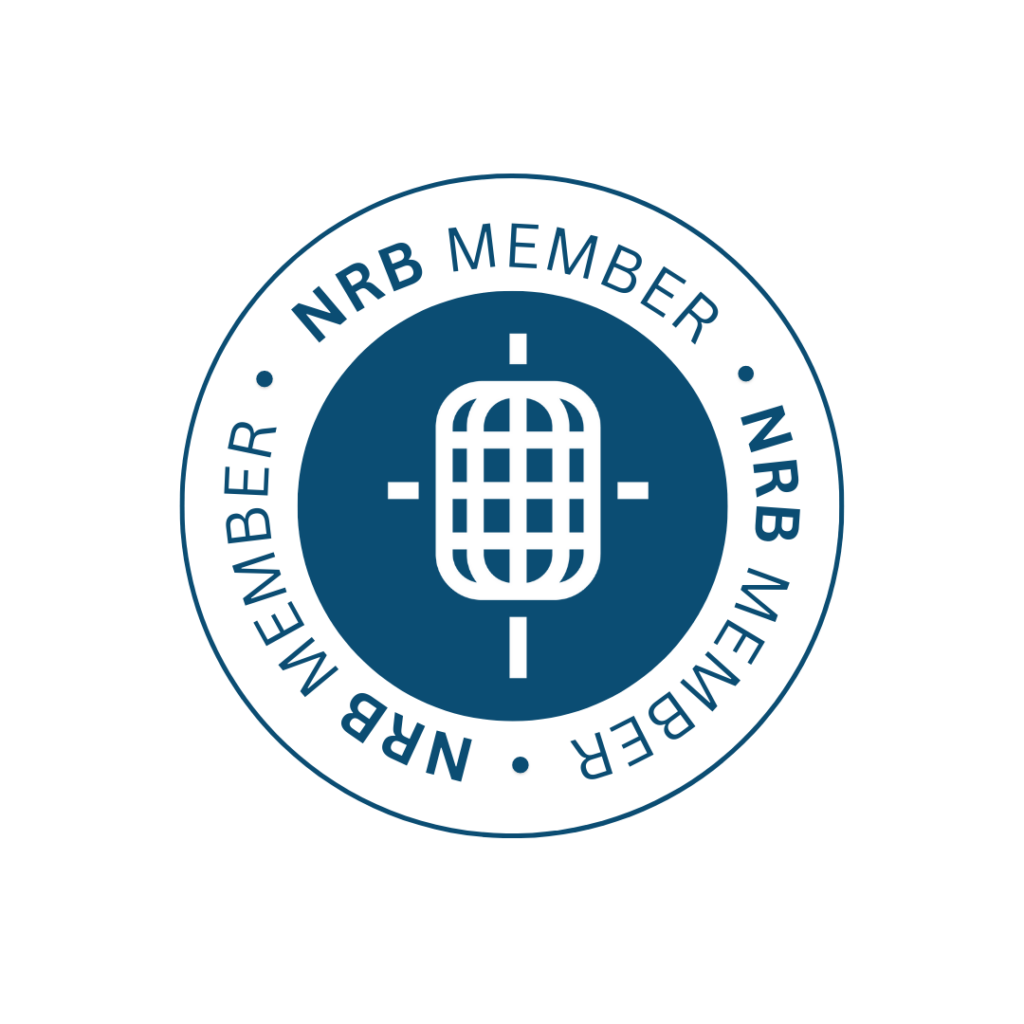Finishing the Year Strong
On January 1st, 2020, many of us launched our vision for a new decade for the nonprofits we serve. We rolled out ambitious program goals and planned communication to inspire donors to get behind them. Within a matter of weeks, however, decade-altering events cascaded down, forcing us to yield our new plans to the pragmatic pressures of the moment. Our line of sight went from years to months . . . then, down to mere days.
Across the country, daily routine gave way to each person fending for one’s self for health safeguards, alternate ways to get work done, educating and caring for children, securing essential supplies, restructuring personal finances, and providing contactless care for loved ones. On top of that, we experienced the collective agony of a continually sagging economy from a pandemic, the ongoing turmoil of racial injustice, and we’re still facing the tug of war of a tense national election. In a year overrun with frustration and exhaustion, we don’t know whether to continue to mention our original 2020 goals or scrap them for something else.
In light of all this, let’s review some things we know to be true:
- Your mission still matters. Your organization exists to solve a problem that, fully realized, delivers great benefit to society.
- Your donors still care. Your donors give to impact people’s lives through your organization. Their support proves that they value your cause and the people it helps.
- Charitable giving is hard-wired into the human experience. Voluntary financial support to good causes has endured through centuries of hardships and still remains strong.
- Nonprofit leaders are courageous. You tackle seemingly insurmountable problems with tenacity because the world needs innovative solutions.
People everywhere have shown an outpouring of support in 2020, even amidst the confusion and exhaustion we’re all facing. Here are some practical steps to take right now to have a strong year-end moving into 2021:
- Thank your donors in new ways. Be creative. Replace clichés and organizational lingo with fresh descriptions of what their giving means to the people you serve. If they don’t feel appreciated, you haven’t succeeded.
- Enhance how you demonstrate the donors’ impact. What additional evidence can you show them to prove they were instrumental in making a difference?
- Acknowledge donors who gave because of COVID-19, then reinforce the ongoing work as a reason to give again.
- Empathize with donors who are no longer able to give, and continue to communicate with them. Let them know you’re keeping them in the loop because you value their partnership.
- Keep donors apprised of the effects of the crises without stoking fear or despair. Acknowledge increased expenses or the need to furlough employees, but describe how you are working to overcome the obstacles.
There is a silver lining, even in the extremes of 2020. Harness the opportunity to make strategic changes:
- Keep strategic goals on the forefront, but consider new methods of achieving them.
- Invest time in gathering input from your donors. Invite their insights into balancing the strategic goals with the current situation.
- Scrutinize how you can improve through consolidation, alliances, and new models of service.
Winston Churchill once said, “To improve is to change; to be perfect is to change often.”
2020 has prompted us to re-evaluate everything, and that reflection is fertile ground for positive change. Let’s make this decade one in which the charitable sector worked to retool itself to be more resilient than ever for the vast improvement of everyone we serve.
Related articles
-

More Than Just Work
As a young Christian professional navigating the conundrum of aligning my beliefs into a purposeful career, I’ve been blessed to…
-

What to Think of Artificial Intelligence and Its Impact on Fundraising . . .
In trying to summon an image to represent our theme for this issue of Donor Focus, I found myself drawn…

